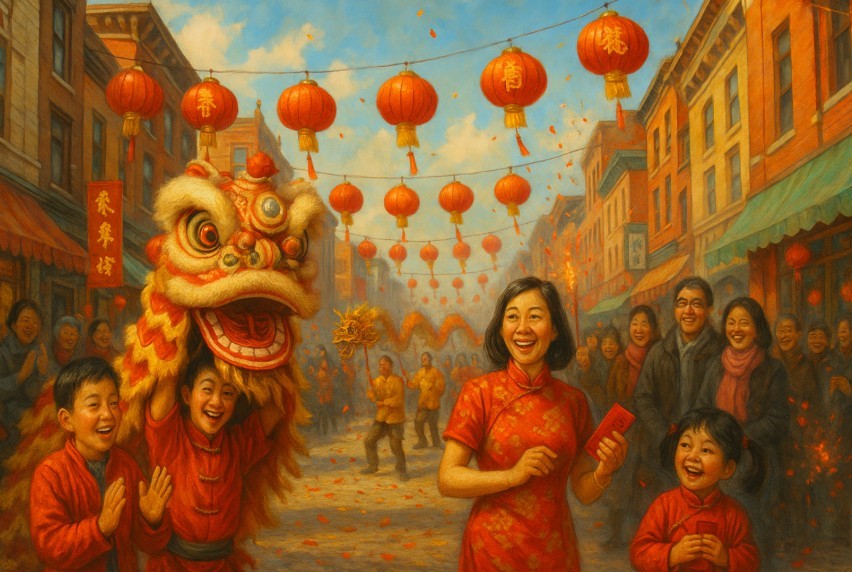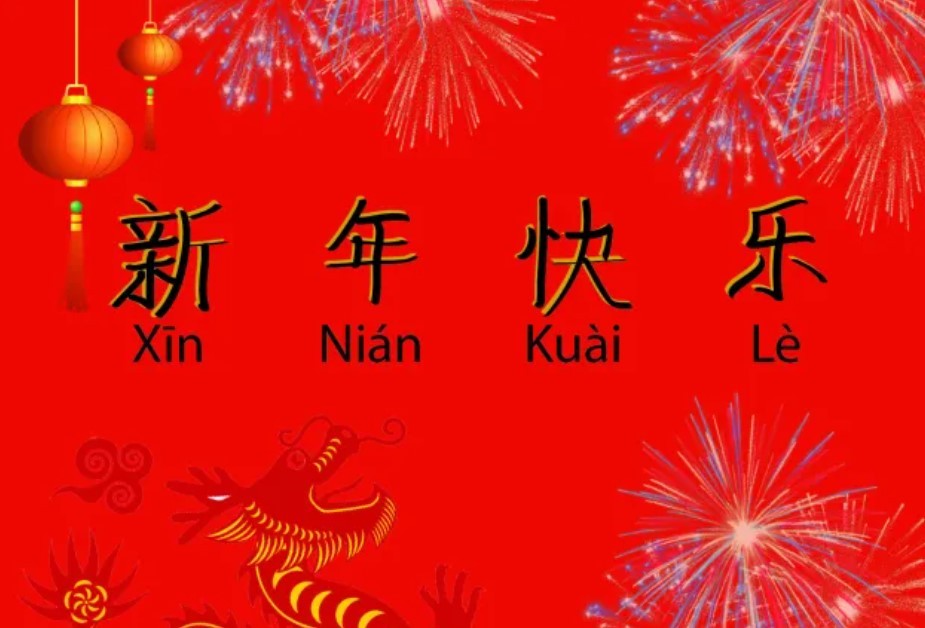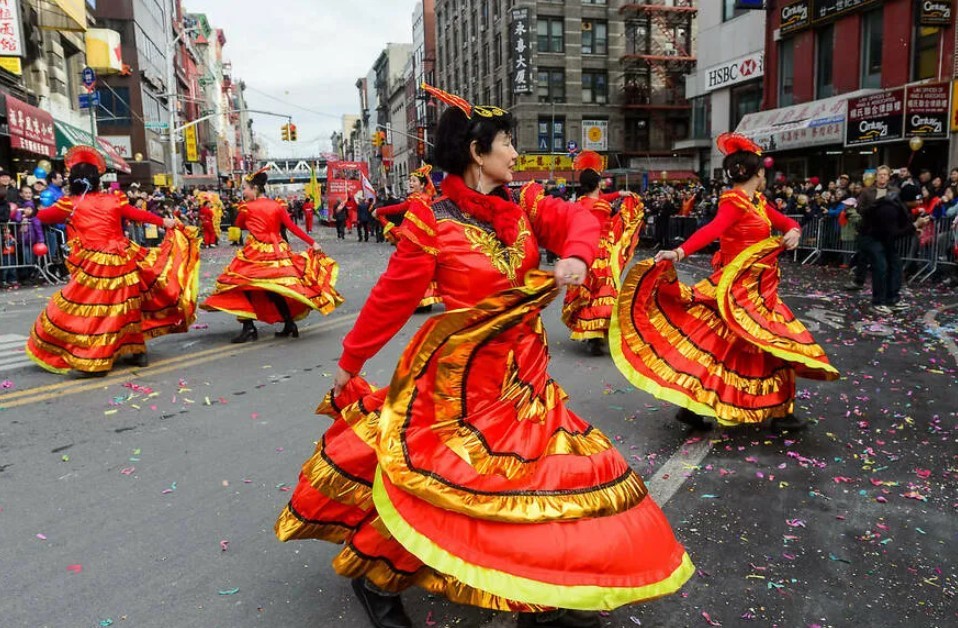Which Countries Celebrate the Lunar New Year Besides China?
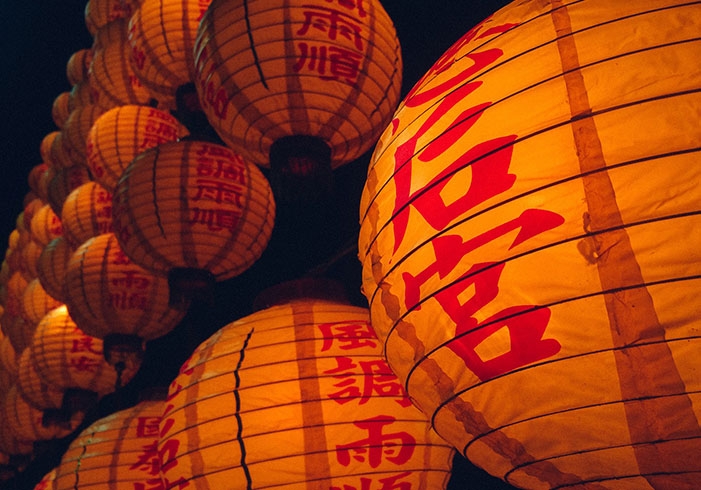 |
| Photo: ShipLilly |
There are many great festivities that take place around the world. Throughout Asia in particular, there are celebrations that take place weeks at a time like Lunar New Year. While in America, New Year’s Eve is typically a single celebration on a single evening to mark the coming year, Chinese New Year is a larger celebration.
Almost everyone knows that the Chinese New Year is a grandiose celebration that spans at least two weeks. Shippers are more than likely familiar with the effects of the celebration spanning a month. In any case, there are plenty of festivities around the time of Chinese New Year that take place in many countries, not just China, in spite of the name.
What is the Chinese New Year?
Chinese New Year is a popular festival that marks the beginning of the new year. It starts on the second new moon following the winter solstice and it lasts for 15 days. During this time people visit their family and friends, cook special meals, enjoy firework displays, and give gifts. While many people understand that Chinese New Year takes place sometime around January or February depending on the year, however, it may be surprising to learn that the Lunar New Year takes place concurrently.
When is Chinese New Year?
Lunar New Year is a public holiday in several countries in East Asia.
Chinese Lunar Year begins at sunset on the day of the second New Moon following the winter solstice (21st December). This means the New Year can begin anytime from January 21st through to February 21st.
In China alone, the Spring Festival is the biggest human migration in the world as over 400 million people will empty the cities and return to their rural homes across the country.
Traditions of Chinese New Year
The Chinese New Year has a great history. In other traditions, by this time in the year, most resolutions have been forgotten or put back to the following year. However, all hope is not lost, as there's a second chance to get it right with the celebration of Lunar New Year.
The Chinese New Year is very similar to the Western one, swathed in traditions and rituals.
The origin of the Chinese New Year is itself ancient and obscured by the amount of time. It is popularly recognised as the Spring Festival and celebrations last 15 days. The public holidays last about a week and stores and places of business usually reopen on the fifth day of the first lunar month.
Preparations begin a month before (similar to a Western Christmas) when people start buying presents, decoration materials, food and clothing. A huge clean-up gets underway days before the New Year when Chinese houses are cleaned from top to bottom, to sweep away any traces of bad luck, and doors and windowpanes are given a new coat of paint, usually red.
Chinese New Year's Eve
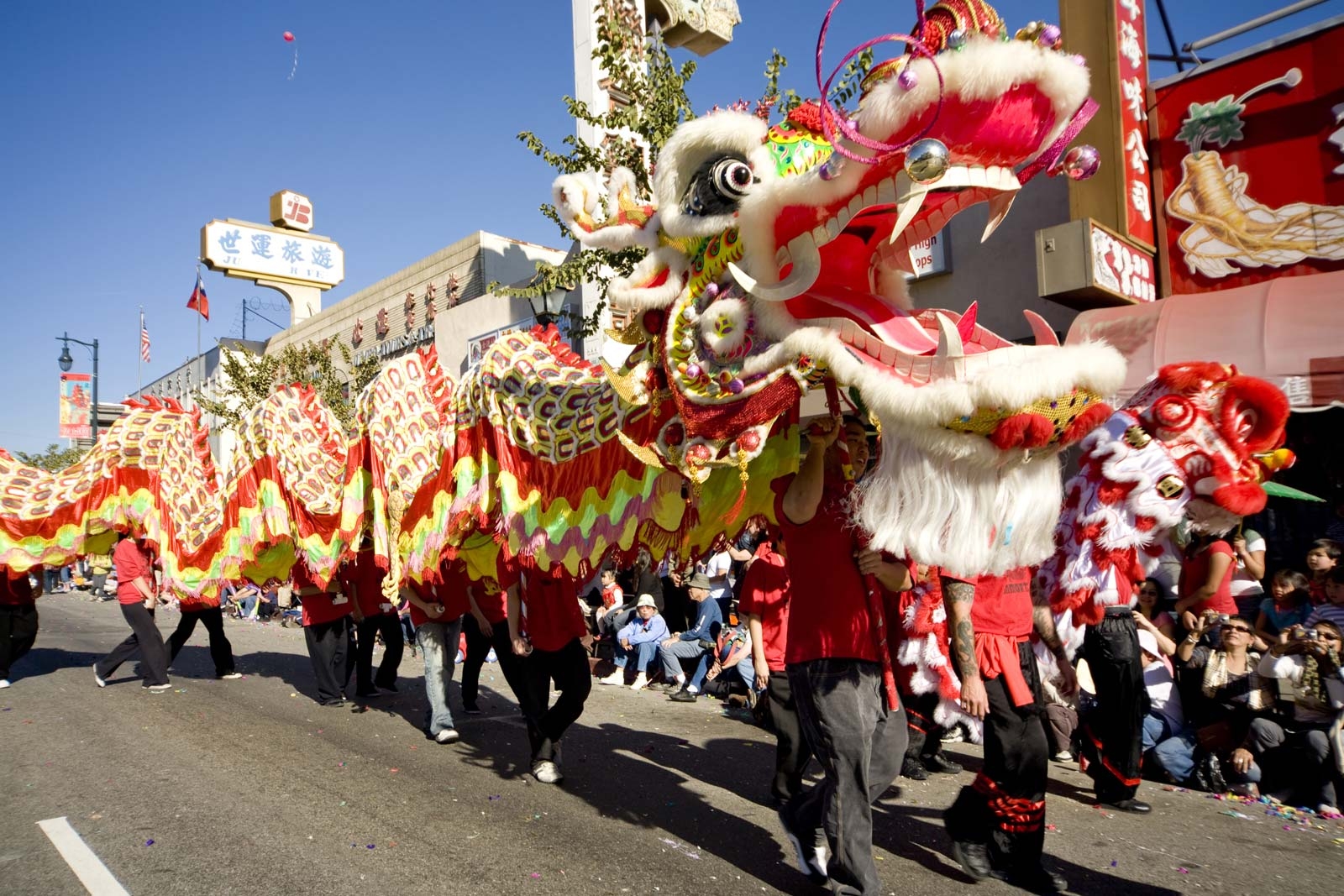 |
| Photo: Britannica |
The eve of the New Year is perhaps the most exciting part of the event, as anticipation creeps in. Here, traditions and rituals are very carefully observed in everything from food to clothing.
Rituals include cleaning the house, putting up new posters of "door gods" on front doors, fireworks before the family union dinner, which should be at least 10-course meal with a whole fish entrée symbolizing the abundance of the coming year.
Red decorations are everywhere and it's usual to wear something red as this colour is meant to ward off evil spirits - but black and white are out, as these are associated with mourning. After dinner, the family sits up for the night playing cards, board games or watching TV programmes dedicated to the occasion. At midnight, the sky is lit up by fireworks.
Fireworks are a huge part of Chinese New Year celebrations, with more rockets set off on that night than on any other night of the year. Over 500 cities in China have actually now either restricted or outright banned fireworks due to safety concerns and air pollution, but they remain an immensely popular part of the New Year celebrations. The tradition comes from a folk tale about a monster named Nian who was scared away using firecrackers.
During the Spring Festival season, a 40-day period known as "Chunyun" that begins 15 days before Chinese New Year, sees masses of Chinese people travel back from the cities to their home towns to be with their families. This results in the world’s largest annual human migration.
In Chinese, the common greeting at New Year is "xin nian kuai le", which means "Happy New Year". Those in Hong Kong and other Cantonese-speaking parts of the world tend to go with "gong hei fat choy" which translates roughly to "congratulations on your good fortune".
Which Countries Celebrate the Lunar New Year?
Few people are familiar with the term Lunar New Year. The Lunar New Year has its own set of traditions and celebrations occur outside of China. Places like Singapore, Vietnam, Korea, and other Asian countries celebrate the Lunar New Year which starts on the First new moon of the lunar calendar and ends after the first full moon approximately 15 days later.
Differences in Each Country’s Celebrations
These two celebrations, though different and celebrated in different countries, typically align because of the way that nations read the lunar calendar. For example, in Vietnam, the celebration starts with a feast that takes place at the same time as the feast for South Korea, but South Korea celebrates the Lunar New Year that runs only three days in length rather than 15. The Vietnamese celebrate the feast on the first morning of the first day, called Tết Nguyên Đán. In South Korea, the term Seollal is used for the Lunar New Year, which refers to Eumnyeok Seollal, 음력 설날.
Tibet celebrates the Tibetan New Year which is also referred to as the Losar Festival. Tibet integrates certain Chinese calendar holidays into their culture which is why the Tibetan New Year lasts 15 days, similar to that of the Chinese New Year. Still, cultural practices and food practices are different. Losar, for example, is not always on the same calendar dates as the Chinese New Year but it does typically overlap, according to shiplilly.
 |
| Photo: ShipLilly |
Similar Celebrations that Differ in Traditional Ways
There are many similar celebrations that differ in traditional ways. Depending on the animal for the year in question, different Asian countries might add something special to the New Year based upon that animal or based upon the cycle of the moon.
During Chinese New Year, families typically reunite for a large family dinner. As part of this dinner, there are many dishes, including steamed fish, which are traditionally consumed. Steamed fish is usually seen because the Chinese word for surplus and profit sound very similar to the word, fish. Therefore, thinking is that consuming fish will bring about wealth in the coming year. It is customary throughout Asian countries to exchange red envelopes, inside of which is usually money.
Family members typically bestow these upon their younger relatives, adults give them to their children, and married couples give them to unwed family members. It is also customary for bosses to present their employees with a small gift. In multiple countries, there are beautiful firecrackers and fireworks displays. The firecrackers are typically made from strings of rolled-up red paper, when they explode they leave Scarlet paper everywhere. The firecrackers are made to expel a loud noise when set off, to scare away any evil spirits. Places like Hong Kong and Shanghai display some of the most impressive presentations of fireworks at the mark of the new year.
In certain countries, you will see the lion and dragon dances. These are very colorful traditional dances that bring about good luck. Sometimes they take place in the form of street parades and feature drums and cymbals. Many times the dragon dances feature a large group of dancers, while the lion dances are only performed by one or two dancers. In many countries that celebrate the Lunar New Year or the Chinese New Year, it’s customary for families to clean their homes intensely, scrubbing windows, sweeping floors, and dusting furniture. Doing all of this before the new year sweeps away any bad luck from the previous year.
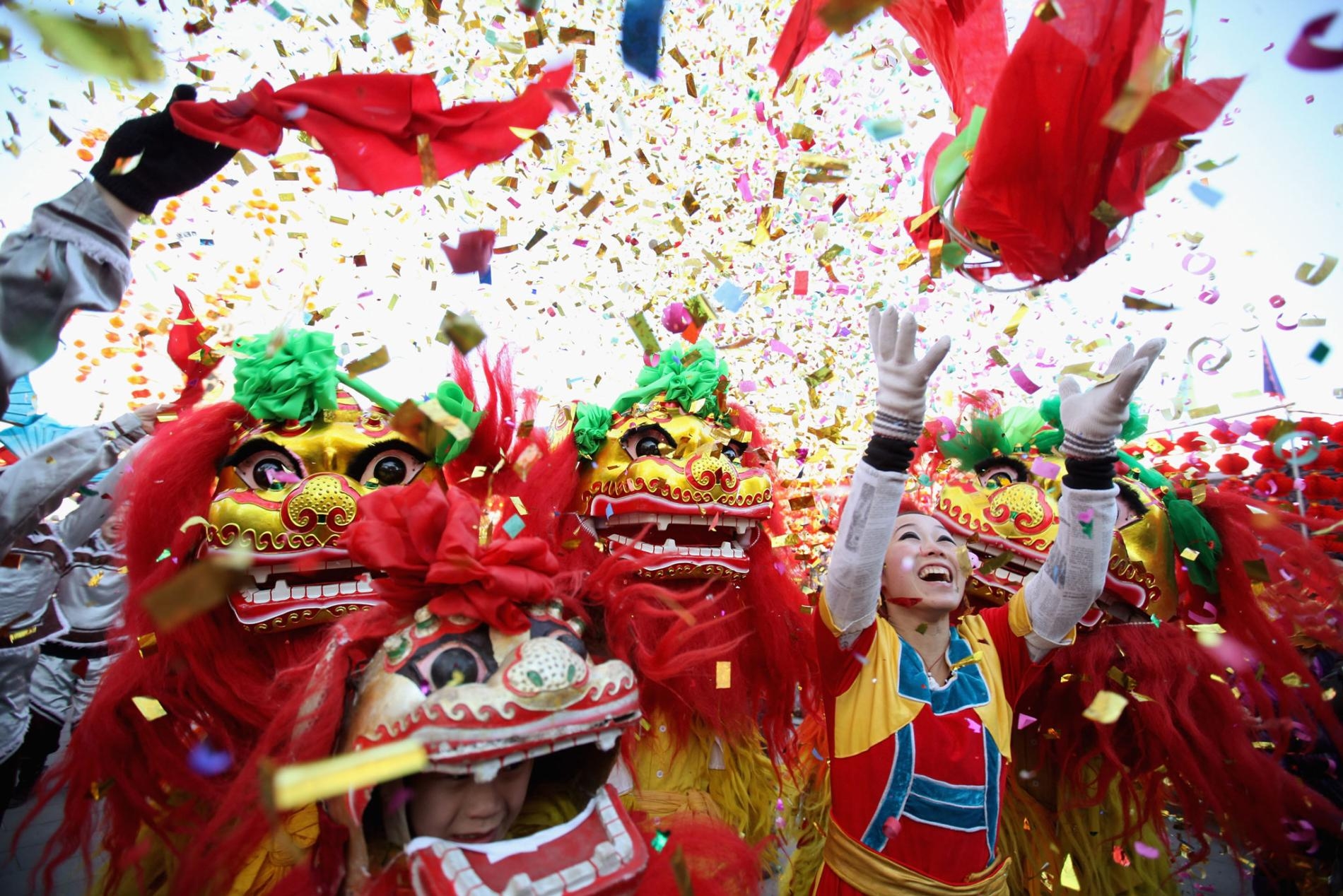 |
| Photo: National Geographic |
Wrapping Up
| There are so many great traditions that take place in every country around the world, and they serve historical importance. It is equally important to understand the variety that exists and to identify where these traditions cross paths. If you are interested in learning about other exciting celebrations, and how they impact business operations or shipping throughout the year, dig into other cultures and discover the vast nature of their history. |
 Taboos and Superstitions in Chinese Lunar New Year Taboos and Superstitions in Chinese Lunar New Year Chinese New Year is the most ceremonious traditional festival in China. There are a lot of traditions of festivities for this special occasion, stemming from ... |
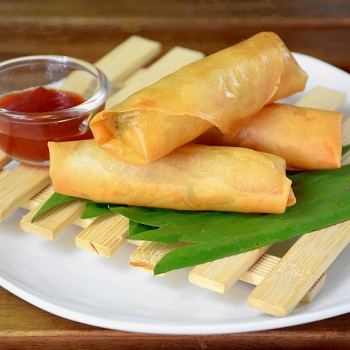 Top Foods that brings good luck to you during Lunar New Year Top Foods that brings good luck to you during Lunar New Year Lunar New Year is traditional holiday in which all the traditional foods will be displayed with the hope to bring luck to family. Know Insider ... |

